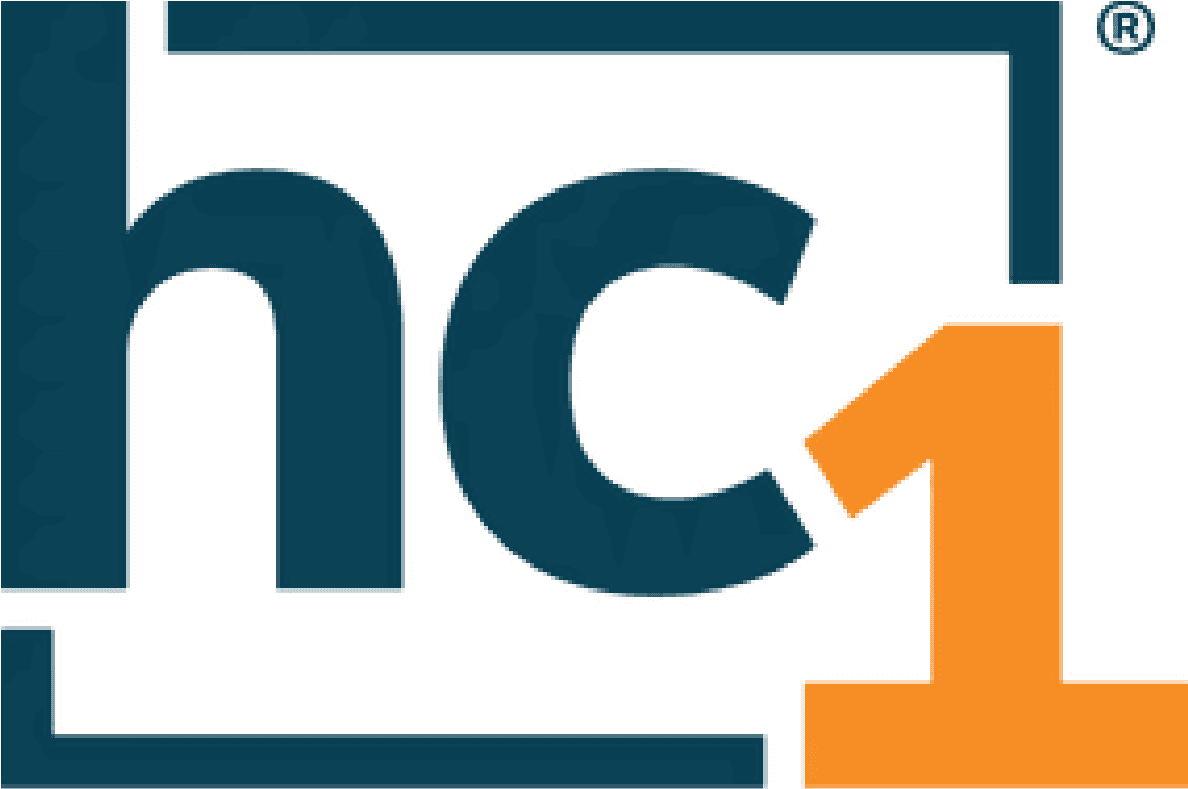November 12, 2019
Efforts to implement value-based healthcare (improved outcomes for less cost) are becoming increasingly vital as global, particularly U.S., healthcare spending soars. Global healthcare spending is projected to increase to $10.1 trillion by 2022. Estimates suggest $3 trillion of that money is spent on waste, for which the United States accounts for a third. The United States healthcare spend is the highest, 5 percent more than the next highest-spending country.1,2
Value-based healthcare has brought information technology, and particularly data management, into the forefront. Determining value, as well as increasing value, requires significant data analytics to identify, measure, and improve outcomes. For efficient and accurate analysis, data must first be accessible and relational. This means retrieving and aligning data for medical and health care services, supportive services, processes, research, and innovation.1
Historically health system data has been anything but accessible. For years data has been collected and defined by siloed entities in non-standardized and legacy IT systems. Health informatics, however, is increasingly connecting systems and allowing real-time analysis of this complex information. Bridges can now be built between the silos and the data stored within can be combined and shared more easily.2
Improved data management resulting from the shift to value-based care is manifesting itself in several important ways. Significant improvements in clinical data exchange are already occurring and are predicted to occur in the next decade.3 These improvements include:
Improved data sharing within and across healthcare networks. More records system vendors are working together and solutions like the hc1 High-Value Care Platform™ are making data more manageable and transferable. The federal government is also calling for healthcare providers and vendors to use systems that facilitate rather than impede the exchange of information.3
Added communications capability and easier interaction for increasingly tech-savvy patients and healthcare providers. Gone are the days when a majority of patients were uncomfortable with technology and providers avoided contact with them outside of office visits. Health system portals are giving patients and providers easy access to records and efficient means of secure communication that save time and improve interactions. This increased communications capability also applies to interaction between healthcare providers, such as between primary care providers (PCPs) and specialists or PCPs and pharmacists.3
Personalized care and precision medicine. Through the use of pharmacogenetic testing, we can learn how our bodies are likely to process and react to prescribed medication. With the results in hand, as well as knowledge of lifestyle, allergies, and current medications, healthcare providers can personalize treatment. Precision medicine, however, requires analysis of these multiple data points. Solutions like hc1 PGx Advisor™ are helping providers efficiently access and analyze this data.
Faster transition from research to practice. Insights gained through research once took years before becoming part of regular medical practice. Providers strapped for time were unable to easily stay current on all of the latest publications and guidelines. With modern data systems, guidelines and recommendations can be loaded into clinical data systems and made available for reference during related patient interactions. Having relevant, real-time clinical information helps guide prescribing, testing and treatment while reducing waste and improving outcomes.3
In 2011, hc1 was born from our founder’s belief that every patient is unique and should be treated that way. Today the hc1 High-Value Care Platform™ eliminates waste and personalizes care for health systems and diagnostic laboratories nationwide by turning previously static lab data into actionable healthcare insights. Using the hc1 platform, health systems can improve clinical outcomes and reduce medical spend. Request a demo to learn more.
References
- Leung, T. I., Merode, G.G. (2018 Dec 22). Value-Based Health Care Supported by Data Science. Fundamentals of Clinical Data Science pp 193-212. https://link.springer.com/chapter/10.1007/978-3-319-99713-1_14.
- Kimpen, J. (12 Feb 2019). Here’s how to make ‘value-based healthcare’ a reality. World Economic Forum. https://www.weforum.org/agenda/2019/02/here-s-how-to-make-value-based-healthcare-a-reality/
- HDM Staff. (27 Sept 2019). How IT will impact healthcare in the next decade. Health Data Management. https://www.healthdatamanagement.com/news/how-it-will-impact-healthcare-in-the-next-decade












